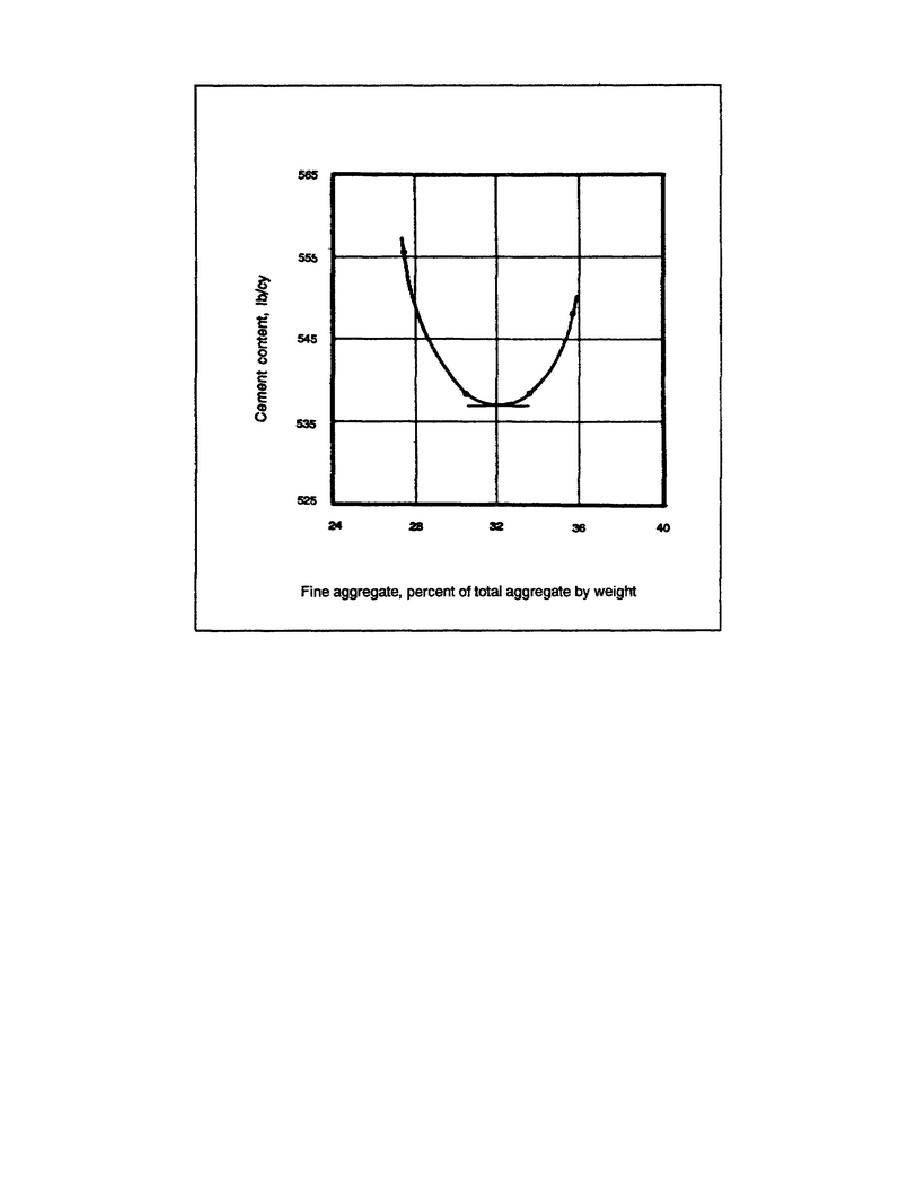
Figure 2-3. Relationship between percentage fine aggregate and
cement content for a given w/c ratio and lump.
PART C - ABSOLUTE VOLUME METHOD
BASIC GUIDELINES
This method can be used without any previous data or experience to design a concrete mix. You can also
proportion concrete mixtures using absolute volumes. The ACI report, "Recommended Practice for Selecting
Proportions for Normal and Heavy-Weight Concrete," ACI 211.1-81, details this method. For this procedure,
select the w/c ratio, slump, air content, and maximum aggregate size as you did in the trial batch method. In
addition, estimate the water requirement from Table 2-2 on page 2-4. You must get this information before
making calculations, such as the specific gravities of fine and coarse aggregate, the dry-rodded unit weight of
coarse aggregate, and the FM of the fine aggregate. If the maximum aggregate size and the FM other fine
aggregate are known, you can estimate the volume of dry-rodded coarse aggregate per cubic yard from Table 2-6
on page 2-14. Calculate the volume occupied per cubic yard of water, cement, coarse aggregate, and air. Subtract
the sum of the absolute volumes of these materials in cubic feet from 27 cubic feet/cubic yard to give the specific
volume of fine aggregate.
2-13
EN5466



 Previous Page
Previous Page
